Review
The diesel Mercedes-Benz Sprinter has long been a favourite of UK fleets, but the appeal of the electric versions - introduced in 2020 - had been severely limited by its range of just 96 miles.
The new eSprinter addresses this obstacle comprehensively. Fitted with its largest battery – which has a massive 113kWh usable capacity - it achieves a WLTP range of 277 miles; almost three times as far.
This variant is available in a L3 (extra-long) high roof panel van body style and two power outputs – 136PS and 204PS, with a payload of 995kg to 1,002kg depending on trim level.
All these models are N2 vehicle category, meaning that – until the Government introduces legislation currently expected later this year - people will need C1 eligibility on their licence to drive them.
It is also available with a smaller 81kWh battery, offering a WLTP range of up to 163 miles, with the choice of the same power outputs.
This battery model is available in two lengths – L2 and L3 – and with a choice of N1 and N2 variants. N1 models offer a payload of up to 638kg, while N2 category vehicles are able to carry up to 1,272kg.
L2 has a body length of 5.93m, a width (including mirrors) of 2.35m and a height of 2.72m. The loadspace has a volume of 9 cubic metres and cargo length of 3.38m. Width between wheelarches is 1.35m.
L3 has the same width and height measurements but is 1.19m longer at 7.12m, has a maximum cargo length of 4.41m and a load volume of 9 cu m.
Maximum towing capacity for all models is 1.5 tonnes.
All are fitted with 11kW AC and 115kW DC onboard chargers. This means, from an appropriate AC charger, the 81kWh models take eight hours to charge from empty to full, with this time increasing to 11 hours for the 113kWh models.
They take 32 minutes and 42 minutes respectively to charge from 10% to 80% from an appropriate DC charger.
The high level of technology used in the powertrain is matched in the eSprinter’s cabin and standard safety equipment.
Highlights of its interior include its MBUX (Mercedes-Benz User Experience) multimedia system with 10.25-inch touchscreen and multifunction steering wheel.
The infotainment system uses the same operating system as the brand’s passenger cars, adding an upmarket feel, while features such as Android Auto and Apple CarPlay are standard.
Functions such as cruise control and media system volume can be controlled through buttons on the steering wheel, while behind it are paddles to adjust the strength of regenerative braking.
Four levels are available, while there is also an automatic mode (D Auto) which changes the strength by factoring in outside influences such as slower moving traffic and upcoming road junctions.
Elsewhere in the cabin, the seats are comfortable and supportive, the interior trim is well built and hard-wearing, while there is plenty of storage.
Standard safety equipment includes active brake assist, attention assist, crosswind assist, anti-theft protection package, three driving modes, reversing camera, blind spot assist and active lane keeping assist.
We drove the L3 model with the 113kWh battery and 204PS motor, and – as expected with electric vans – it was a smooth and impressively refined experience.
The driving position is commanding, giving great visibility, while performance was decent in the default comfort driving mode.
Two other modes are also available. ‘Eco’ reduces the power for increased efficiency, while ‘maximum range’ also limits some of the other features such as climate control.
The electrically-assisted steering is light around town to make the van easy to manoeuvre for its size, and weights up as the speed increases. It rides well too, even when relatively unladen, thanks partly to the weight and location of the traction battery.
Two trim levels are available: Pro and Select. Standard equipment on Pro include heated and electrically-adjustable door mirrors, multifunction steering wheel, MBUX multimedia system, driver’s heated seat, pre-entry climate control, air-conditioning and double-wing rear doors.
Select trim level adds front and read mud flaps, comfort driver’s seat, charging package, high-beam assist and LED high performance headlamps.
Pricing from £59,915 ex VAT for the 81kWh eSprinter 314 L2 Pro, rising to £76,920 ex VAT for the 113kWh eSprinter 420 L3 Select.
Specs
| Manufacturer | Mercedes |
| Model | Esprinter 320 L2 Electric RWD |
| Specification | Mercedes Esprinter 320 L2 Electric RWD 150kW 81kWh Select Van Auto |
| Model Year | 2024.00 |
| Annual VED (Road tax) | £1035 |
| BIK List Price | £64,575 |
| Range | 166.00mile(s) |
| CO2 | N/A |
| Insurance Group | N/A |
| CC | 1 |
| Fuel Type | |
| Vehicle Type | Large van |
| Luggage capacity (Seats up) | N/A |
Running Costs
| P11D | £64,575 |
| Cost per mile | 92.40ppm |
| Residual value | £8,350 |
| Insurance group | N/A |
| Fuel Type | |
| Cost per mile | 92.40ppm |
| Fuel | 4.01ppm |
| Depreciation | 85.47ppm |
| Service maintenance and repair | 2.92ppm |
Rivals
Info at a glance
-
P11D Price
£64,575
-
MPG
N/A -
CO2 Emissions
N/A -
Payload
N/A -
Load Volume
N/A -
Load Width
N/A -
Load Length
5,932mm -
Range
166.00mile(s)



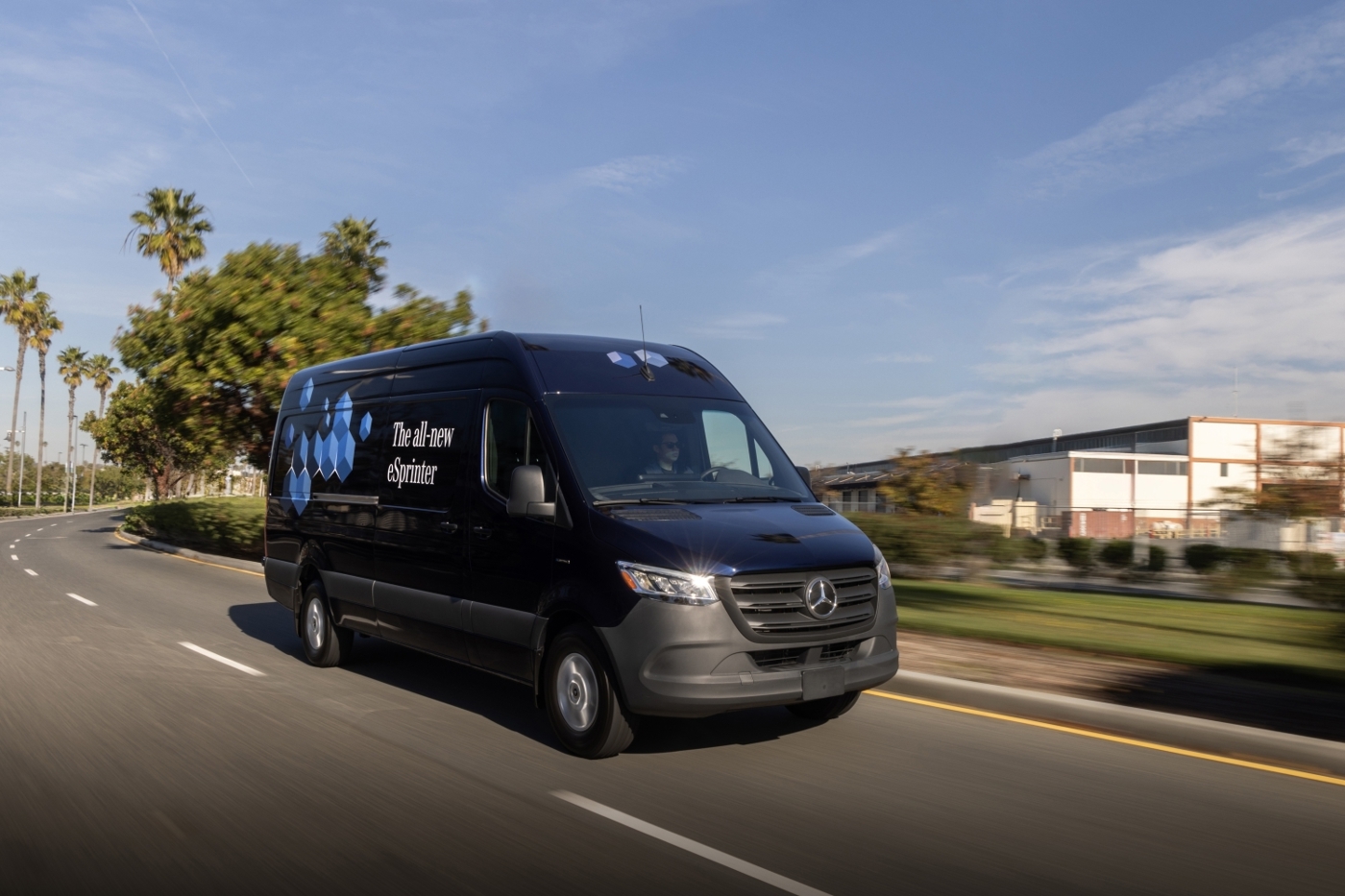
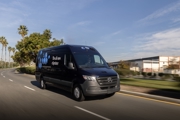

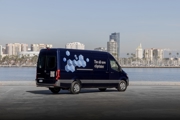
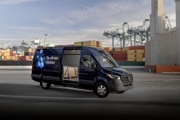

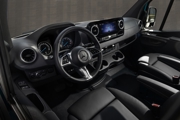
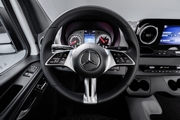

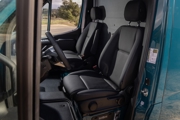
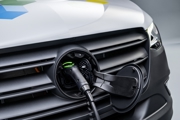




 Diesel
Diesel
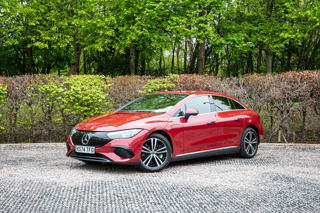
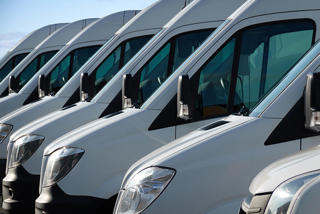
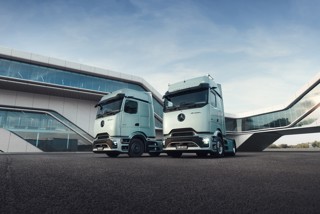
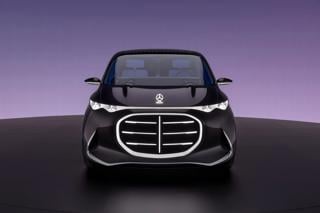
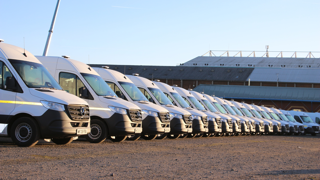












Login to comment
Comments
No comments have been made yet.